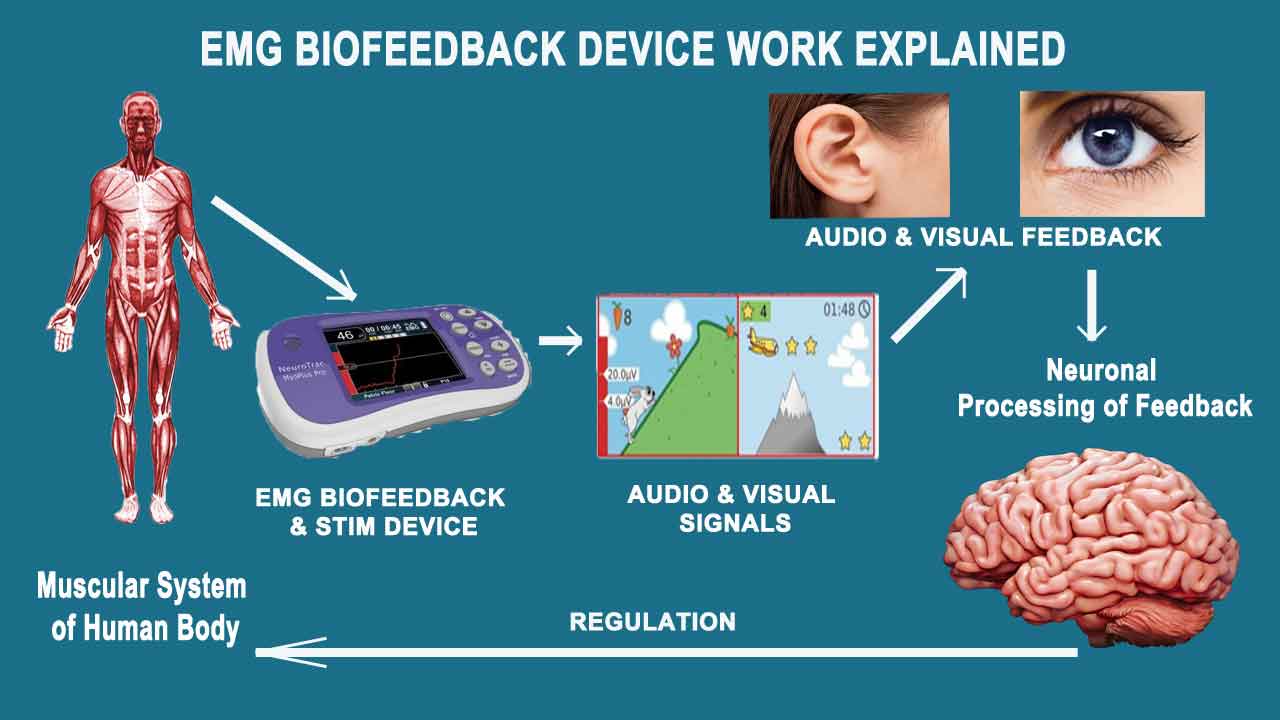Unveiling the Link Between quantitative EEG and Sleep Disorder Patterns for Enhanced Assessment and Treatment
Unveiling the Link Between quantitative EEG and Sleep Disorder Patterns for Enhanced Assessment and Treatment
Blog Article
Slumber apnea is a prevalent slumber disorder that affects many individuals around the globe. It happens when a individual's respiration is disrupted during slumber, resulting to poor sleep quality and multiple health issues. One of the ways researchers and doctors are working to improve comprehend and identify sleep apnea is through a method called quantitative EEG, or qEEG. This approach assesses the electrical activity of the cerebrum and can offer valuable understandings into how sleep apnea impacts brain function and general well-being.
qEEG involves positioning small electrodes on the head to capture brain waves. These cerebral oscillations are then analyzed to identify trends that may indicate sleep disorders, including sleep apnea. By analyzing these patterns, medical providers can gain a clearer understanding of how sleep apnea interrupts normal brain activity during slumber. This data can be crucial for developing effective therapeutic plans customized to specific patients. Comprehending the relationship between qEEG and sleep apnea can lead to improved diagnostic techniques and superior outcomes for those impacted by this disorder.
Studies has shown that people with sleep apnea often exhibit distinct alterations in their cerebral oscillation trends. For example, during episodes of apnea, the brain may exhibit increased activity in certain areas while other regions become less engaged. These alterations can affect how effectively a individual sleeps and how refreshed they feel upon awakening. By employing qEEG to track these brain wave trends, physicians can recognize particular traits of sleep apnea in patients, which can help in formulating a more accurate identification. This is particularly important because sleep apnea can sometimes be mistaken for other sleep conditions, resulting to misguided treatments.
In addition to enhancing diagnosis, qEEG can also serve a part in assessing the efficacy of therapies for sleep apnea. For example, after a client starts using a continuous positive airway pressure (CPAP) machine, which assists keep the airway open during slumber, qEEG can be used to assess changes in brain activity. If the cerebrum exhibits enhanced trends of slumber after initiating treatment, it may indicate that the therapy is functioning well. This feedback can assist physicians formulate required modifications to therapeutic strategies, guaranteeing that clients obtain the optimal treatment feasible.
Overall, the connection between qEEG and sleep apnea patterns is an exciting area of study that offers potential for improving identification and therapy. By comprehending how sleep apnea impacts cerebral activity, medical professionals can formulate more effective approaches to help clients attain improved sleep and improve their overall health. As research continues to evolve, it is likely that qEEG will become an integral recommended read instrument in the battle against sleep apnea, resulting to superior outcomes for those who experience from this difficult disorder.